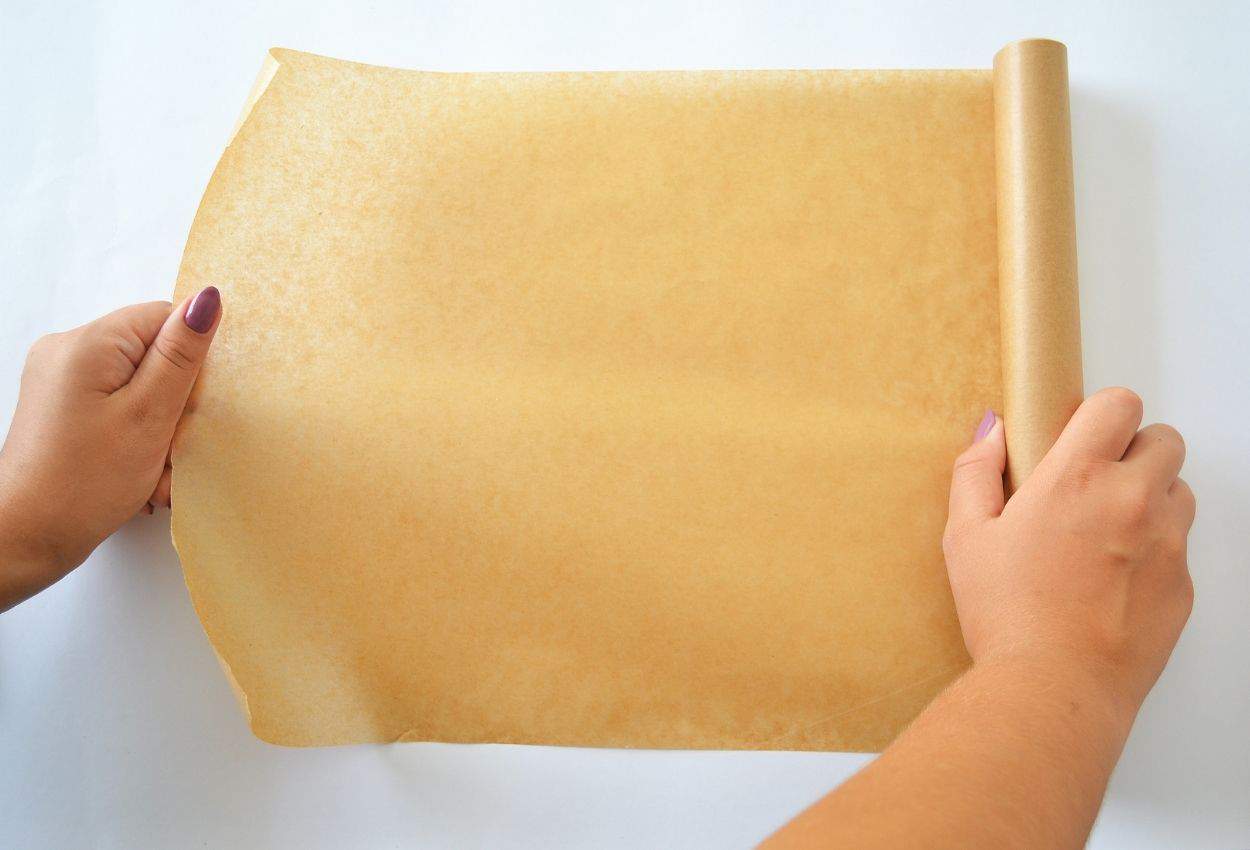
Which Side of Parchment Paper Should Go Up?
Parchment paper is a versatile kitchen tool that has gained popularity among home cooks and professional chefs alike. It offers a non-stick surface, makes clean-up a breeze, and prevents food from sticking to baking sheets or pans. However, one common question that arises is, “Which side of parchment paper should go up?” In this article, we will delve into the answer to this question while exploring the compostability and eco-friendly aspects of parchment paper. So, let’s unravel the mystery and optimize your parchment paper usage.
Understanding Parchment Paper
Parchment paper, also known as baking paper, is a cellulose-based paper that has been treated with a thin layer of silicone to make it heat-resistant and non-stick. This kitchen staple is commonly used for baking, roasting, and cooking various dishes. It is an indispensable tool that can make your culinary endeavors more enjoyable.
The Versatility of Parchment Paper
Parchment paper offers a wide range of applications in the kitchen. Its non-stick properties make it suitable for baking cookies, cakes, and pastries, as well as roasting vegetables and fish. Additionally, parchment paper can be used to line baking sheets, wrap food for steaming, and even create cooking pouches for flavorful and mess-free cooking.
See more: How to Fix a Loose Kitchen Faucet
The Two Sides of Parchment Paper
Parchment paper typically has two distinct sides: one smooth and one slightly rougher. Many people wonder which side should face up when using parchment paper. The answer is simple—either side can be used! Both sides of the parchment paper are coated with silicone, which gives it its non-stick properties. So, you can confidently use either side without affecting the outcome of your culinary creations.
Compostability of Parchment Paper
As more people embrace eco-friendly practices in their daily lives, the compostability of parchment paper has become a crucial consideration. Let’s explore whether parchment paper is compostable and how it can contribute to sustainable living.
Is Parchment Paper Compostable?
Yes, parchment paper is compostable. Since it is made from natural materials like wood pulp and silicone, it breaks down easily in composting environments. When disposed of properly, parchment paper can decompose and contribute to the creation of nutrient-rich soil.
Composting Parchment Paper
To compost parchment paper, ensure it is free from any food debris or grease. Cut or tear it into smaller pieces to aid the composting process. Add the parchment paper to your compost bin or pile, mixing it well with other organic materials such as fruit and vegetable scraps, leaves, and grass clippings. Remember to maintain the proper balance of carbon and nitrogen in your compost pile for optimal decomposition.
Can You Compost Parchment Paper?
Absolutely! Composting parchment paper is a sustainable way to dispose of it after use. By composting, you can divert waste from landfills and contribute to the creation of nutrient-rich soil for gardening or landscaping purposes. Just ensure that the parchment paper you are composting is free from any non-compostable elements like plastic coatings or foil.
Eco-Friendly Parchment Paper Alternatives
While parchment paper is compostable, it’s worth exploring eco-friendly alternatives as well. Some options include unbleached and chlorine-free parchment paper, which reduces the environmental impact of the production process. Additionally, reusable silicone baking mats or oven-safe glass containers can be excellent alternatives to disposable parchment paper, further minimizing waste.
Parchment paper is an invaluable tool in the kitchen, offering convenience, non-stick properties, and easy clean-up. Whether you’re baking cookies, roasting vegetables, or steaming fish, parchment paper can elevate your culinary experience. Remember that both sides of the parchment paper can be used interchangeably, making it hassle-free. Additionally, parchment paper is compostable, contributing to sustainable living practices. By understanding the best practices for parchment paper usage and exploring eco-friendly alternatives, you can enhance your cooking while minimizing environmental impact.
FAQ 1: Is parchment paper the same as wax paper?
No, parchment paper and wax paper are not the same. Parchment paper is coated with silicone, making it heat-resistant and non-stick. On the other hand, wax paper has a thin layer of wax on both sides, which can melt or ignite when exposed to high heat.
FAQ 2: Can I reuse parchment paper?
While parchment paper is typically intended for single-use, you can reuse it for certain applications. If the parchment paper is clean and in good condition after use, you can wipe it down and reuse it for tasks like wrapping sandwiches or lining containers.
FAQ 3: Is parchment paper safe to use in the oven?
Yes, parchment paper is safe to use in the oven. It can withstand high temperatures without releasing harmful chemicals. However, ensure that the parchment paper does not come into direct contact with open flames or heating elements.
FAQ 4: Can parchment paper be used in a microwave?
Yes, parchment paper can be used in the microwave. It helps to prevent food splatters and keeps the microwave clean. However, avoid using parchment paper with metallic coatings or elements, as they can cause sparks and potential hazards.
FAQ 5: Is parchment paper recyclable?
While parchment paper is compostable, it is not always recyclable. The silicone coating on parchment paper can interfere with the recycling process. Check with your local recycling facilities to determine if they accept parchment paper for recycling.
FAQ 6: Can I use parchment paper for freezing food?
Yes, parchment paper can be used to wrap and freeze food. It helps prevent freezer burn and allows for easy removal of frozen items. Make sure to use high-quality parchment paper designed for freezer use.